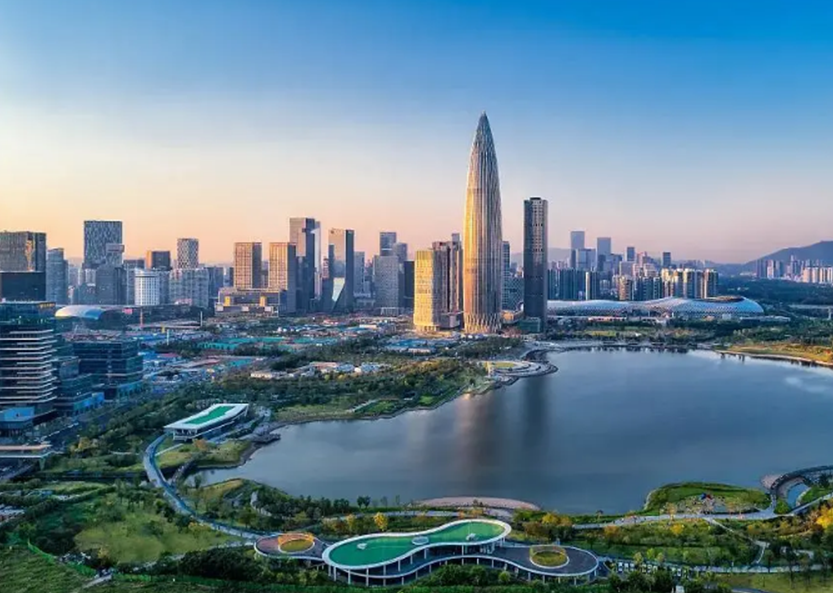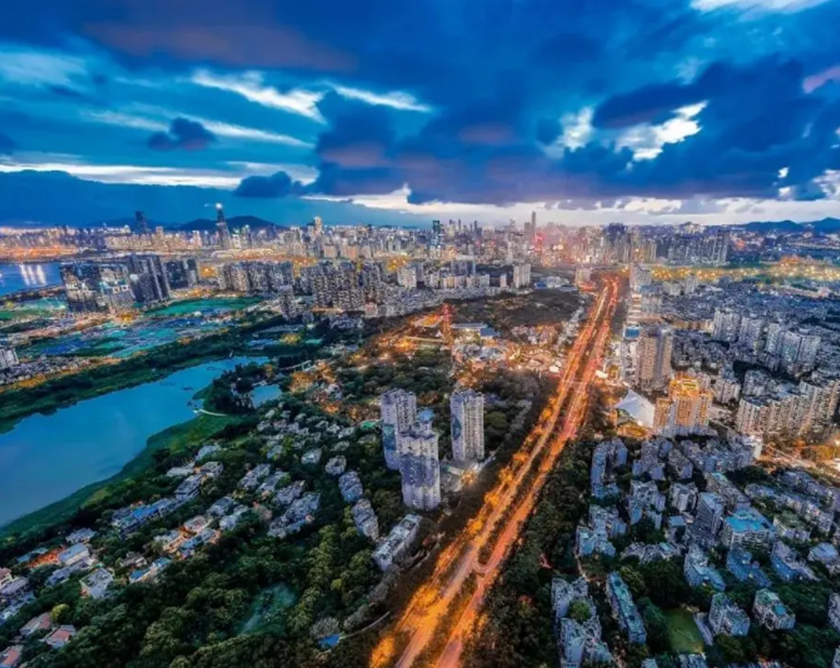In the history of China’s reform and opening-up, there is no other city like Shenzhen: it reflects the direction of China’s institutional change with its own development and creates a brand-new and highly effective social development mode; more importantly, it creates social transformation miracles with its constant evolution and ignites new ideas and spirits while creating material wealth. On the occasion of the 40th anniversary of Shenzhen Special Economic Zone (SEZ), the reporter from Shenzhen Special Zone Daily had an interview with Prof. Tao Yitao, director of the China Center for Special Economic Zone Research (CCSEZR) of Shenzhen University (SZU) and former deputy secretary of the Party Committee of SZU, to discuss the internal logic of the SEZs and China’s Path, as well as the historical missions Shenzhen shouldered at different historical periods.
★The SEZs have not only blazed the trail for and taken the lead in exploring China’s Path, but are also integral parts of China’s Path.
★If unbalanced development is a development mode in the face of constraints, then gradual development is a developmental step under such constraints; as two mutually supporting and mutually promoting aspects of the same reform process, they jointly ensure the natural occurrence of economically induced institutional changes under the dominance of mandatory institutional changes; they ensure the steady shift of the transformation process from a local process to an overall one; they guarantee the gradual happening and completion of the economy’s marketization and all-round reforms; they also ensure that reform, development and stabilization are coordinated processes and have proven the practical value and meaningfulness of China’s Path with reform practices suited for China’s realities.
★The growth miracle of Shenzhen, neither a victory of resources alone nor a victory of capital and technology, basically benefits from the power of ideas. The same applies to China’s reform and opening-up, which is a process that apparently began with the economic system, but was in fact initiated by updating people’s ideas. Though ideas cannot directly change the society, they can change people, who will in turn change the society.
★One of the tasks of the all-round reform is institutional innovation. Only by prioritizing the reform of social administration institutions and mechanisms, can we effectively advance the institutional development of the market economy, and accomplish the goals of the structural reform of the industries, people’s well-being and happiness, the rule of law, etc.
★In the future, Shenzhen firstly needs to take the lead in the reform of administrative management system and mechanism as well as social management system and mechanism in China, and to establish a modern social management system and mechanism compatible with the socialist market economy.
★A market with the free flow of all production factors is an open market. And the free flow of human capital as an important production factor is a key indication of market openness. Only with internationalized human resources, can Shenzhen truly become an institutionally powered engine for China’s effort to build an innovative country.
Internal Logic of SEZs and China’s Path
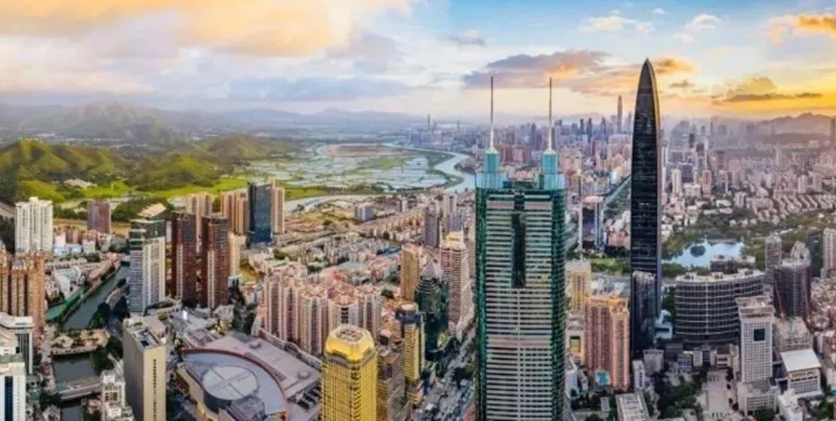
Tao Yitao thought that the study of China’s SEZs should not be confined to the general SEZ problems, but should look at the history of China’s reform and opening up. The study should correlate SEZs with China’s institutional change, the formation, development and improvement of China’s socialist market economy system, the practical exploration of China’s path, and the discovery of a new era. She proposed to evaluate the irreplaceable status, functions and unique historical missions of China’s SEZs from the perspective of historical evolution, to show the close relevance of SEZs to the path selection of institutional change in Chinese society from the institutional changes, and to demonstrate the universality and particularity of China’s path from the internal logic of the social system transitions.
Tao Yitao thought that the SEZs not only blaze the trail and take the lead, but also is an integral part of China’s path. Specifically:
1. As the areas where China’s reform and opening-up were initiated, SEZs also started the journey to explore the institutional change of Chinese society. Since then, China has embarked on a unique development model - socialism with Chinese characteristics, which is different from the traditional Soviet model, the western capitalism model, and even the development model of former Central and Eastern European socialist countries and the transformed Latin American countries.
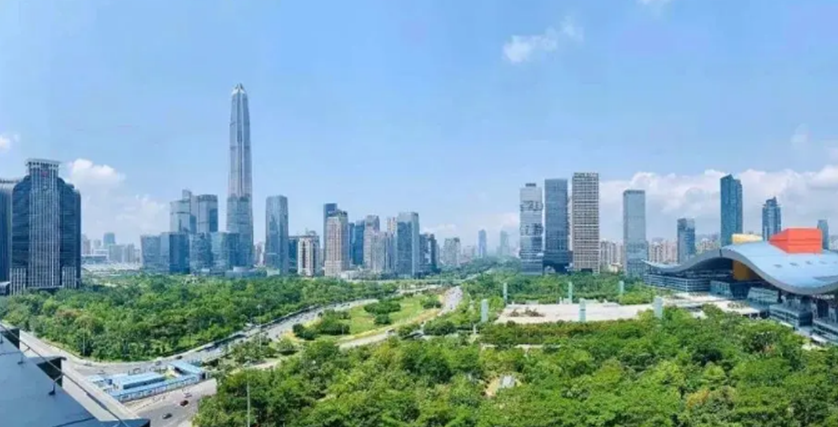
2. As an institutional arrangement, the SEZs have broken the general balanced condition under the traditional system, enabling unbalanced development to be the optimal path for China’s institutional change and thus the path for exploring the China’s path. It is the unbalanced development that allows China, a large country that has experienced planned economy, to quickly and successfully move into a vibrant socialist market economic system with “letting a part of the population get rich first” as a slogan in a relatively short period of time. As the outcome of the unbalanced development, the SEZs have become a key part of China’s path along with the unbalanced development.
3. As a top-down formal institutional arrangement, SEZs constitute a key practice model for China’s gradual reform under the concept of “wading across the stream by feeling the way”, while “Blazing the Trail”, “Being a Demonstration Zone” and “Dare to Try” become essential parts of the key practice model. If unbalanced development is a development method under constraints, then gradual development should be a development process under constraints. As two aspects that support and push each other in the same reform process, they work together to ensure: the natural occurrence of induced institutional change led by the mandatory institutional changes during the course of China’s reform and opening up; the steady progress of the transformation from part to whole; the effective combination of reforms within the system and pushes outside the system; the gradual realization of economic marketization and comprehensive reform; the mutual coordination of reform, development, and stabilization. As a result, they prove the practical value and practical significance of China’s path with reform practices that conform to China’s national conditions.
Icebreaker for Reform and Opening-Up, Pathfinder for Socialism with Chinese Characteristics
Every social reform needs a breakthrough point, China’s reform and opening-up and modernization also need pioneers; the SEZs, since their very births, were tasked with “slaying their ways out”, icebreaking for the reform and opening-up, and exploring the path for socialism with Chinese characteristics. In May 1980, the CPC Central Committee and the State Council made the decision to establish the four special export zones Shenzhen, Zhuhai, Shantou and Xiamen as SEZs. In April 1988, the Hainan SEZ was established. And thus the formation of the five SEZS was officially accomplished.
The Shenzhen SEZ is the most successful, best-performing SEZ, and the best representative for the achievements of China’s 4 decades of reform and opening-up. Why has Shenzhen SEZ been able to accomplish such great feats? Tao Yitao points out four major reasons in her summary:
Firstly, Shenzhen SEZ’s success has its origin in her own historical conditions. Before 1979, there was no city named Shenzhen on the map of China yet; as a new city, Shenzhen was the locale where the country’s planned economy was at its weakest; therefore, it was the best test ground to carry out socialist market economy practices with low reform costs and risks. Secondly, Shenzhen SEZ boasts a unique geographical location. Geographical advantage is another crucial factor for Shenzhen’s success. Shenzhen neighbors Hong Kong, which is the third most important global financial center. This neighborship with Hong Kong offered Shenzhen great conveniences to see the world, know the world, and merge itself into the market economy.
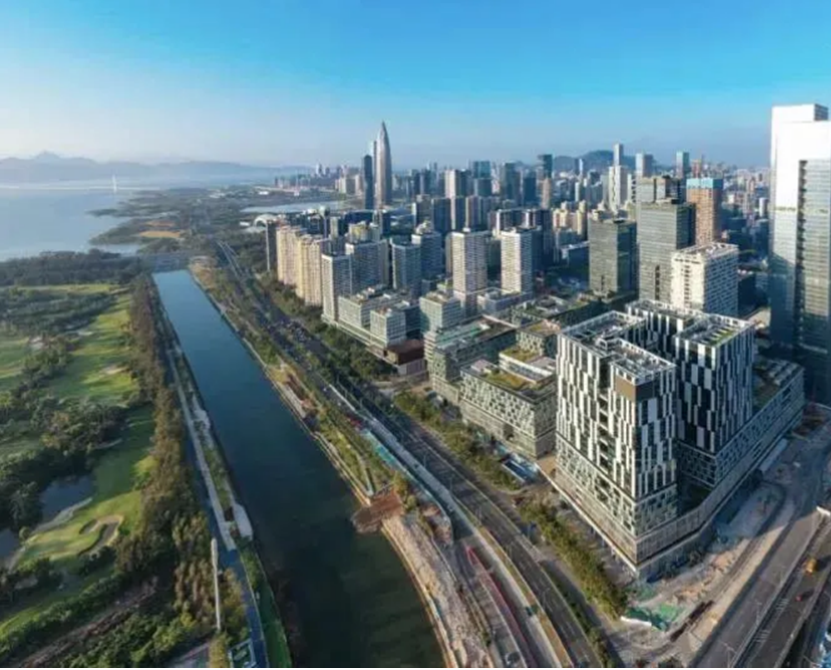
Thirdly, Shenzhen and Kong Kong share close ties in lineage and culture, which is another important reason for Shenzhen’s greater success compared to other SEZs. At the early stage of the reform and opening-up, many Hong Kong citizens’ parents, brothers and sisters, etc. live in Shenzhen. With the advent of the opening-up, these Hong Kong people naturally desire for Shenzhen’s rapid economic development for their own family members’ sake. For this very reason, the earliest foreign investors came from Hong Kong. Processing trade factories were set up with Hong Kong investment, which was one of the major means for Shenzhen’s early rapid development.
Fourthly, among the five SEZs, Shenzhen has the largest immigrant population. Shenzhen is a highly prominent immigrant city. The city has the typical characteristics of an immigrant culture, namely the spiritual qualities and cultural character compatible with an immigrant society, the atmosphere of tolerance and disposition for adventures. Those who roughed it and blazed the trails in Shenzhen were a group of risk-takers, who were discontent with the traditional planned economy’s status quo, and longed for new challenges, that’s why they came to Shenzhen, a city with an unforeseeable future. Shenzhen’s development miracle is not a mere triumph of resource advantages, nor a simple success story backed by capital and technology, but more fundamentally rooted in the city’s spiritual power. The same applies to China’s reform and opening-up, which is a process that apparently began with the economic system, but was in fact initiated by updating people’s ideas. Though ideas cannot directly change the society, they can change people, who will in turn change the society.
From Blazing the Trail to Building a Pilot Demonstration Area, History Has Once Again Chosen Shenzhen
The “Guidelines of the CPC Central Committee and the State Council on Supporting Shenzhen in Building a Pilot Demonstration Area of Socialism with Chinese Characteristics” (hereinafter referred to as the Guidelines) was officially released on August 18, 2019. The Guidelines once again tasked Shenzhen with a major historical mission, clarifying Shenzhen's strategic positioning as a high-quality growth engine, a model city in the rule of law, a model of urban civilization, a beacon for people’s well-being, and a vanguard of sustainable development.
The transition, for the Shenzhen Special Economic Zone (SSEZ), from blazing the trail to building a Pilot Demonstration Area, reflects the central government’s recognition of the role of SSEZ over the 40 years of China's reform and opening-up and the miracles created by Shenzhen. Today, we may ask the question - why has Shenzhen been chosen again by history? Tao Yitao explained that Shenzhen became the starting point of China's reform and opening up 40 years ago. The city has excellently accomplished the original mission of China's reform and opening-up, which was to shift from a traditional planned economy to a market economy and to explore the path from widespread poverty to common prosperity. Today, history has once again chosen Shenzhen, tasking Shenzhen with a more profound and more historic mission of reform, which can be interpreted from the following three aspects:
Firstly, both blazing the trail and building a Pilot Demonstration Area require the spirit of fearless experimentation, risk-taking, and brave exploration, which is an innate spirit for Shenzhen. Why? The 40-year history of Shenzhen's reform and opening-up has been guided by the spirit of fearless experimentation, exploration, and innovation. It is the city's inherent character that enables Shenzhen to undertake the mission of pilot demonstration.
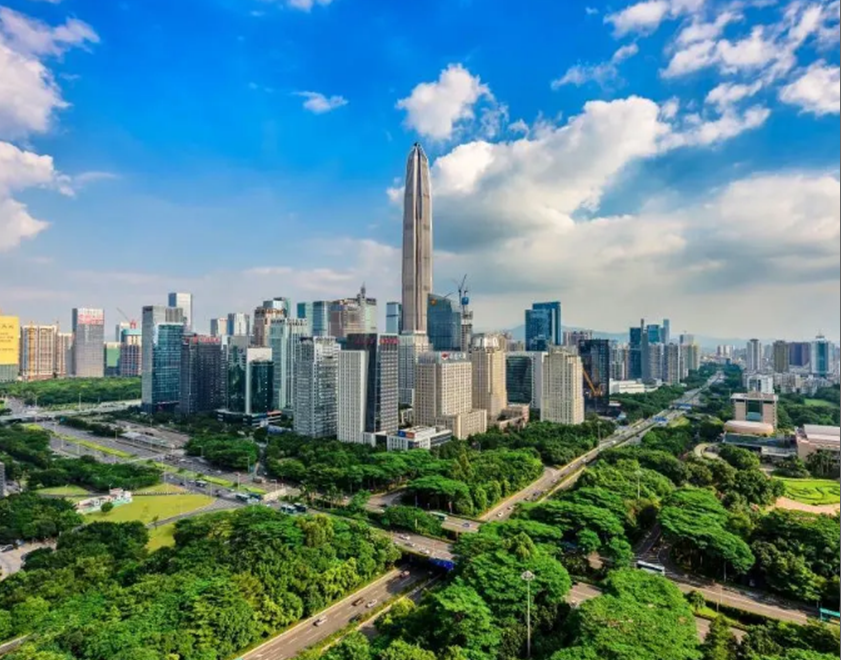
Secondly, the central government tasked Shenzhen with the mission of deepening reform because Shenzhen itself has the material capital and institutional mechanism for deepening reform. In other words, Shenzhen has the conditions to fulfill this mission. Shenzhen has not only the innate advantages, but also the capital accumulated over the past 40 years of reform and opening-up. According to the Report on the High-Quality Development of China's Cities 2020, Shenzhen ranks first in terms of the overall score of high-quality development and it ranks first among the sample cities in terms of per capita GDP, ease of doing business, and macro leverage ratio.
Thirdly, in addition to its outstanding economic performance, Shenzhen has been ranked first in China for more than 1,000 aspects over the past 40 years of reform and opening-up. Innovation is the foundation of Shenzhen and the secret for it to retain its vitality. One of the tasks of deepening reform is institutional innovation. Only by giving high priority to the innovation of social management institutional mechanism and creating one with more flexible institutional performance can we more effectively promote the development of the market economy system and achieve the goals of industrial structure adjustment, people's livelihood and happiness, the rule of law, etc.
History has once again chosen Shenzhen because it has the inherent character and advantages to shoulder this historic mission. From blazing the trail to building a Pilot Demonstration Area, the transition is not only a shift from pioneering reform to targeted reform, but also a challenge to the reformers.
“If Shenzhen’s previous mission of blazing the trail was a revolution in the face of poverty, then building a Pilot Demonstration Area is a comprehensive and deep reform after achieving initial prosperity. At that time, there would be a dead end if people didn’t embrace reform. People took risks to reform, because it was a choice for survival. However, when there is nothing to lose without reform, while reform might mean taking risks, maybe people will choose not to reform, but Shenzhen is not afraid of risks and firmly continues to bear the banner for the nation’s reform and opening-up. Today’s mission of ‘building a Pilot Demonstration Area’ requires greater courage, wisdom, a sense of mission, and a sense of responsibility than that of ‘blazing the trail’ of the past. To fulfill the mission of ‘building a Pilot Demonstration Area’ is a test for Shenzhen,” said Tao Yitao.
Create Opportunities for China Across the World and Opportunities for the World in China
Tao Yitao believes that as a Pilot Demonstration Area of socialism with Chinese characteristics and a core engine in Guangdong, Hong Kong and Macau Greater Bay Area, Shenzhen should play a greater role as a core engine while creating opportunities for China across the world and opportunities for the world in China in the process of comprehensively deepening reform, building China into an innovative country, cooperative development of the Greater Bay Area, and implementation of the BRI.
In the future, Shenzhen firstly needs to take the lead in the reform of administrative management system and mechanism as well as social management system and mechanism in China, and to establish a modern social management system and mechanism compatible with the socialist market economy.
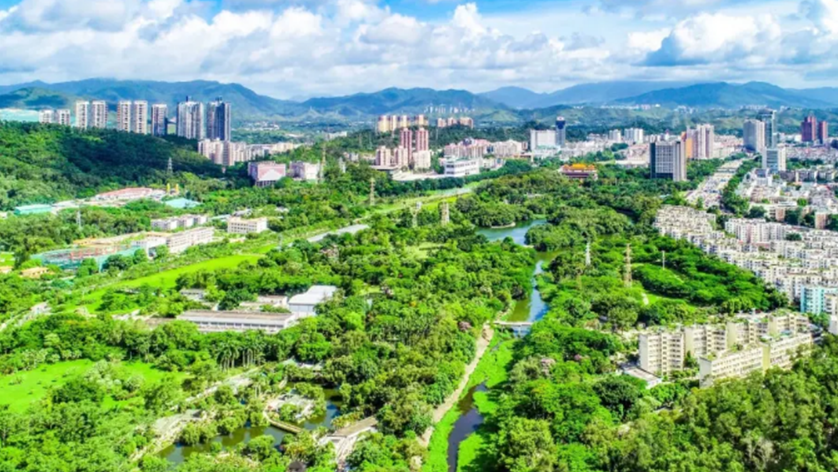
In the second place, Shenzhen should establish a well-developed market mechanism for the free flow of all production factors, especially a well-developed market mechanism for the circulation and exchange of the data factor. Shenzhen is currently still hampered by the problem of “non-international openness”, with its actual degree of openness lagging behind its nominal degree of openness. To further expand openness through institutional changes is to create a market with the free flow of all production factors without institutional obstructions. A market with the free flow of all production factors is an open market. And the free flow of human capital as an important production factor is a key indication of market openness. Only with internationalized human resources, can Shenzhen truly become an institutionally powered engine for China’s effort to build an innovative country.
Lastly, the task of enabling the people to benefit from achievements of China’s reform and opening-up, or to put it another way, the task of unifying national prosperity with people’s livelihood and happiness, requires a more mature social welfare system that covers a series of issues such as public education, public healthcare, individual income tax, etc. Shenzhen should take the lead in exploring for inclusive social systems and mechanisms to safeguard people’s livelihood and happiness in China. A new Shenzhen that offers the people a happy livelihood is the most loving celebration of China’s reform and opening-up, and more importantly the most convincing proof of the validity of the Chinese way of development.



